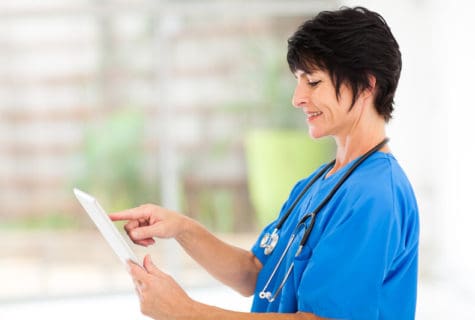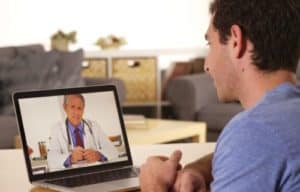
New CMS rules have expanded your reimbursement opportunities for new patient and telehealth services your registered nurses and medical assistants previously provided for free. The catch is, that if you want to be paid you must know exactly when and how to accurately apply CPT code 99211.
Follow these updated Medicare eligibility and incident to rules to boost your provider reimbursement for clinical staff services – and finally get paid for these much-needed services.
Expand Telehealth Services to RNs, MAs, More
Telehealth was previously restricted to certain healthcare practitioners including doctors, nurse practitioners, and physician assistants. However, due to the recent COVID-19 pandemic, these rules have expanded the coverage of telehealth services to additional providers. The changes include the following:
- You can now bill coding 99211 when your registered nurses provide telehealth services, in addition to in-office services, CMS clarified on the May 14th CMS Office Hours call.
- You can now be paid $23 for a registered nurse or medical assistant patient video call (if you apply code 99211 correctly).
- You can also use the code for new patients COVID-19 assessment and specimen collection. Formerly, you could bill 99211 only for established patient face-to-face services.
Apply Incident-to to New Patients
You can now even get reimbursed for COVID-19 assessment and specimen collected performed by a nurse or medical assistant for new patients. This is a huge change!
Medicare previously allowed incident to billing only when the service was being provided as part of the patient’s plan of care that a physician within your practice has initiated. Code 99211 is defined as an office or other outpatient visit for an established patient “that may not require the presence of a physician. Usually, the presenting problem(s) are minimal. Typically, five minutes are spent performing or supervising these services.”
But as of May 8th, new coding rules allow you to use the code for a patient who has never been seen by your practice and is only seen by a nurse or other qualified healthcare provider to assess symptoms and take specimens for COVID-19 lab testing. Here is an example that shows you how the new rule applies.
- COVID-19 way: A patient is confirmed with COVID-19 and her daughter asks to come in and be tested due to exposure to COVID-19. A nurse sees the daughter who had never been seen by the practice and orders a COVID-19 test. You can bill 99211 incident-to the physician even though the physician has not previously seen the patient and established a plan of care.
Allow Direct Supervision by Virtual Presence
There’s even more expanded allowances for 99211 from CMS. Under the April 30th Interim Rule, CMS permits virtual presence of the supervising physician or practitioner using interactive audio and video technology to meet the criteria for direct supervision.
In the above COVID-19 example, the physician could be supervising the assessment and specimen collection on his iPad at home while the nurse provides the service. The technology would meet the supervision criteria and you could bill 99211.
Limit Billing to Expensed Staff
When using 99211, there is still one incident-to rule that CMS still enforces. The employee providing the service is must be an expense of — your practice. Your nurse, medical assistant or other ancillary staff must work for your practice as an employee or a contractor. According to CMS, it doesn’t matter if your staff is full time, part time or leased.
Also, how you pay your ancillary staff usually doesn’t matter either. For instance, you don’t have to show whether you reimburse them as an hourly or salaried worker.
Emergency changes: There is so much more to know about Telehealth and COVID-19 testing. Both the codes and government regulation is rapidly evolving. The only way to help your staff and your practice by using the applicable codes is to have a firm handle on the requirements.
This is where coding and billing expert, Brenda Edwards, CPC, CDEO, CPB, CPMA, CPC-I, CEMC, CRC, CRCS, CMCS, can help. During her online training “Get Paid $23/ea. for New Patient COVID-19 Testing With 99211,” Brenda will lay out exactly how and when you should use the multitude of new CPT codes, ICD-10 codes, and modifiers to ensure you are paid more of what you are rightfully due for COVID-19 collection, testing and diagnosis. This is especially important as the frequency of COVID-19 related services increase.
Telehealth Resources For Your Success
 |
 |
 |
||||||||
| . | ||||||||||
| Earn $110 For Patient Phone Calls, New CMS Rule Applies | Comply with Tightened Post-COVID-19 HIPAA Telehealth Rules | Get Paid for Incident-to Telehealth Claims, New Relaxed Rules are Key | ||||||||
|
|
|
